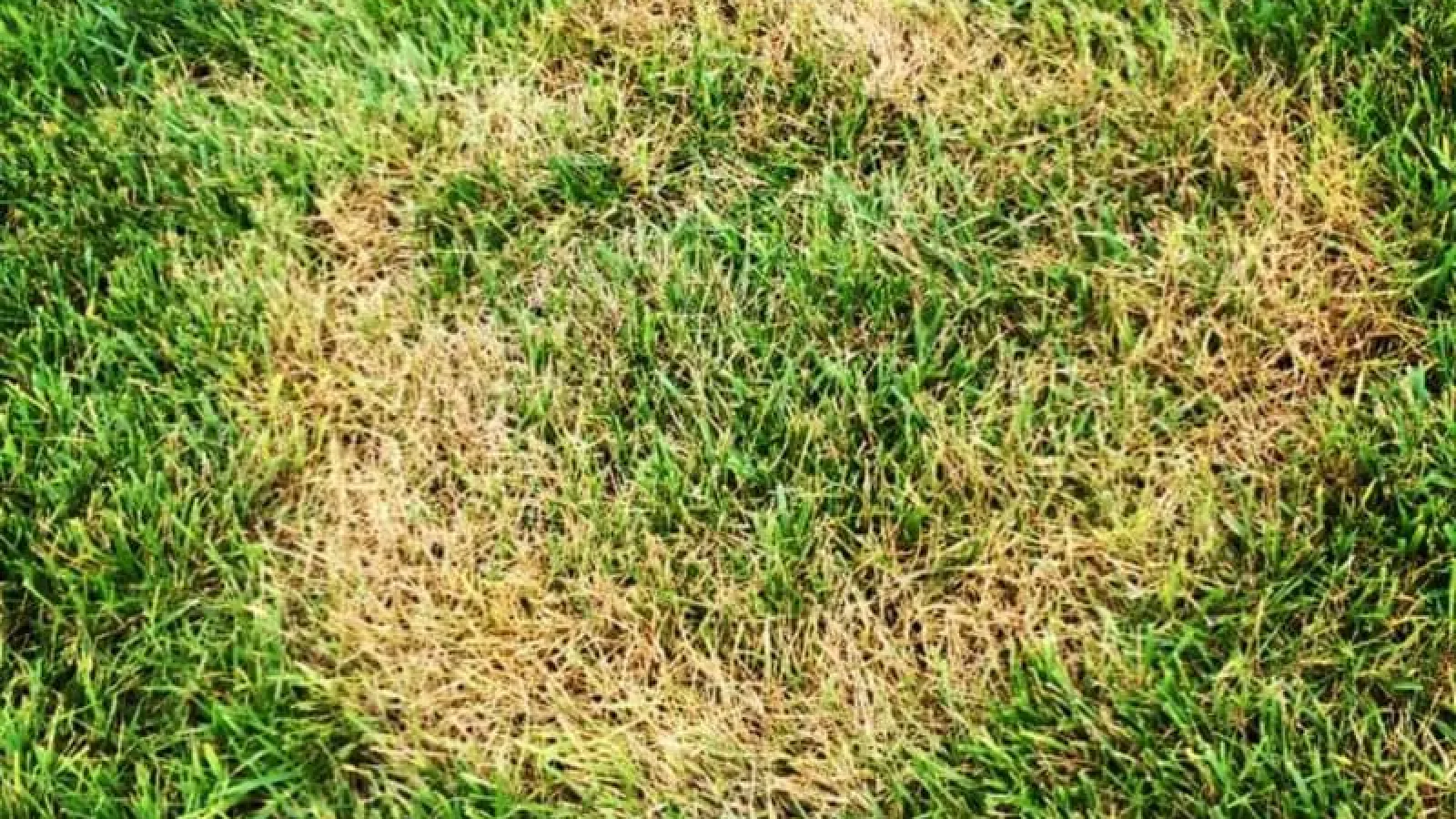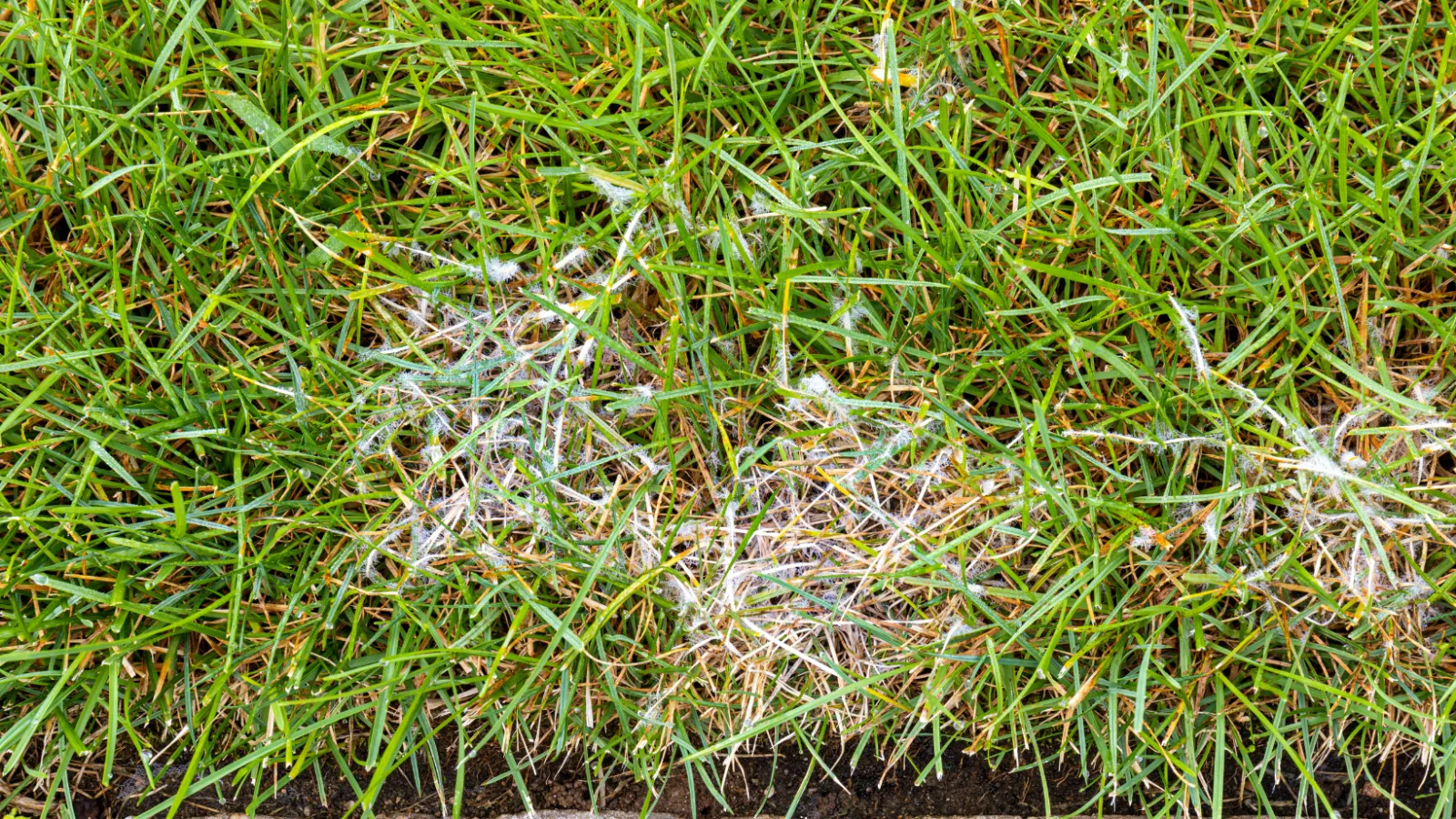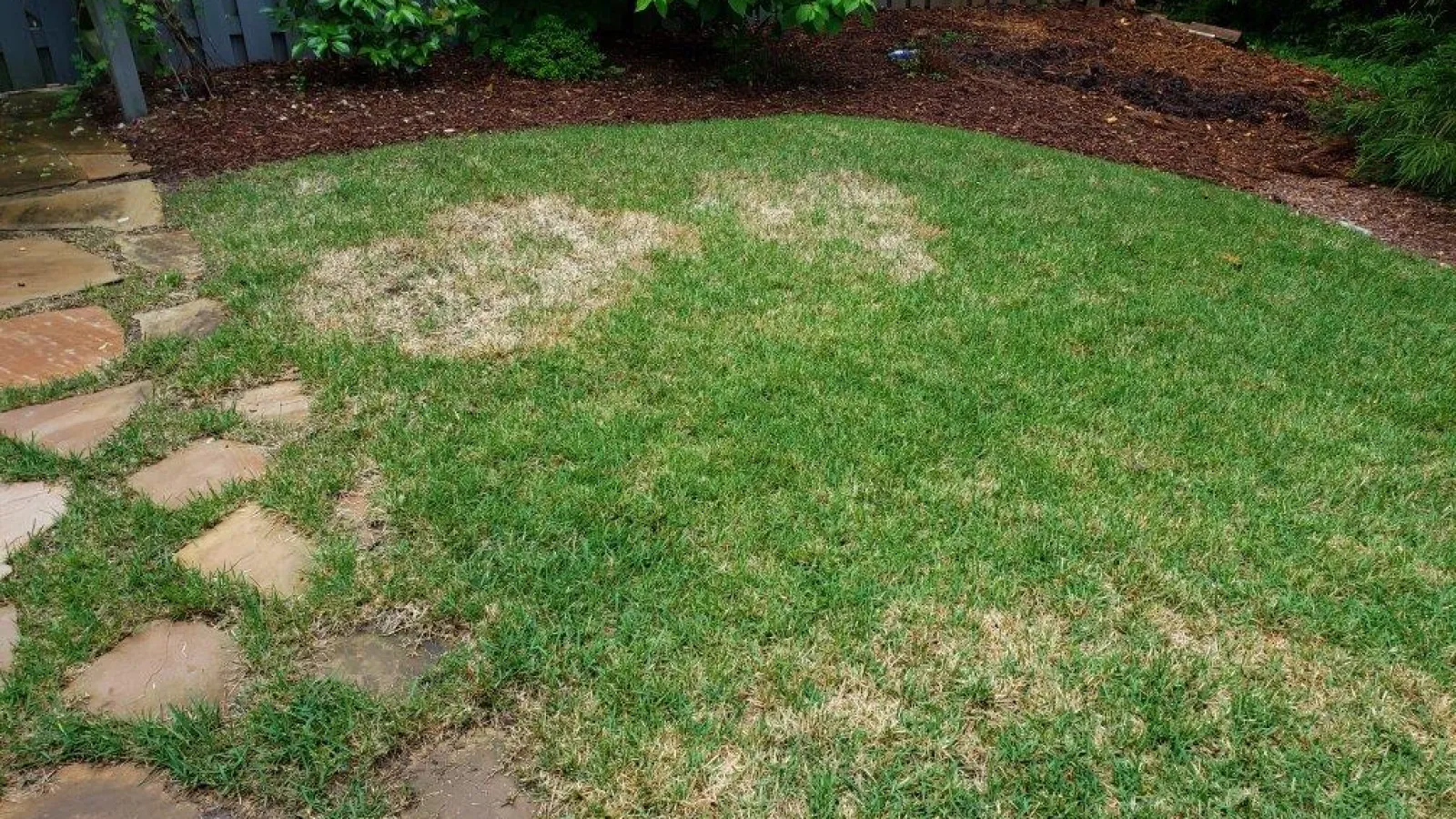
How to Prevent Brown Patch Fungus
Fescue grass takes a beating in the warmer months, especially when in full sun. The heat alone is damaging, but add some humidity and the conditions are just right for brown patch fungus. The rule of thumb is, that when the temperature (in Fahrenheit) plus the percent of humidity equals 165 or greater, this disease can develop. For example: 90 degrees + 80% humidity = 170 = Brown Patch.
Seeing brown spots in your yard? We live in a region with hot temperatures and high humidity and this damaging disease can affect our lawns. Brown patch fungus, caused by Rhizoctonia solani fungus, is one of the most destructive lawn diseases of all turf grass diseases.
Signs of Brown Patch
If you see spotting on your leaf blades, which can eventually bleed together to turn the entire leaf brown, this fungus may be invading your lawn.
The damage first appears as circular areas of brown and dead grass surrounded by a narrow, dark ring. Patches are typically irregular and can be quite large. Dew, mist or rain on your grass leaf blades in these conditions can contribute to the rise of brown patch. Most of the time, your lawn has become infected with this fungus during a period of cooler temperatures. The disease can develop well below 80 degrees Fahrenheit, but doesn’t spread and become apparent to the naked eye until temperatures and humidity levels rise.
This means that April showers don’t just bring May flowers…they might bring some brown patch, too.
How to Prevent Brown Patch Fungus
Once you notice symptoms, it is likely too late.
Here are a few things you can do to prevent this disease:
- Take care of your Fescue lawn daily using these tips.
- Water early in the morning to prevent wet grass at night.
- Mow on a frequent basis to promote air movement. The drying of the leaf blades may be of more benefit when battling brown patch.
- Avoid high levels of nitrogen in fast release form; it encourages brown patch development.
- Continue to use pre and post-emergent weed control (we do this for you!), otherwise weeds will take root in thin areas.
- Fertilize your lawn properly to give it what it needs to fight back (we do this, too!).
- MOST IMPORTANTLY, use preventative fungicides from May to September. This is recommended for anyone with Fescue grass and is something we highly encourage all of our Fescue lawns to do. It’s one of the best ways to prevent brown patch.
If you suspect you have brown patch fungus, give us a call as soon as you can. We can properly diagnose what is going on with your lawn and talk about treatment options. If you don’t have any issues or disease symptoms but are worried about the possibility, let us know. Prevention is the best treatment.



